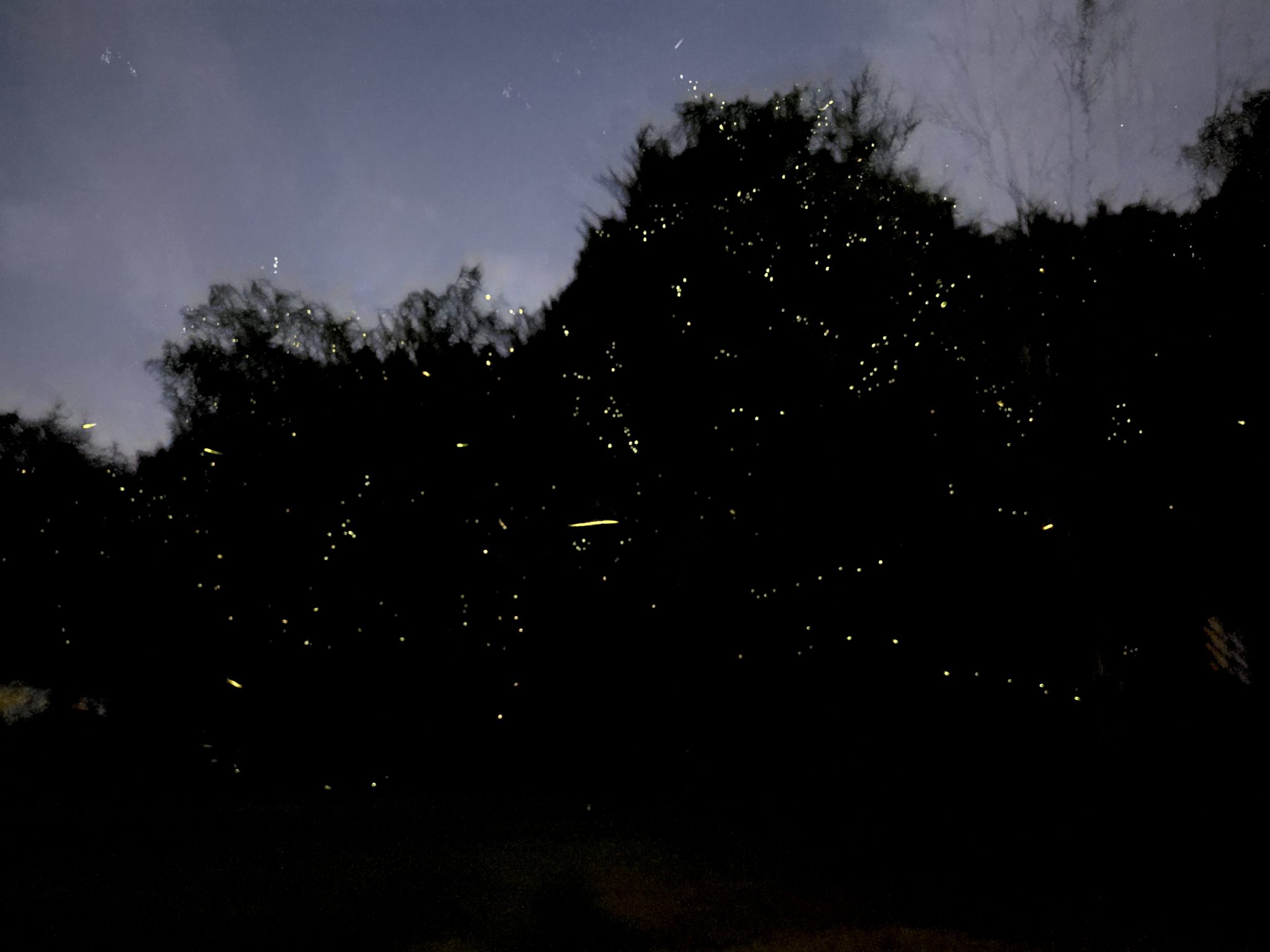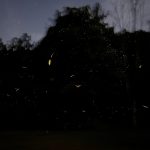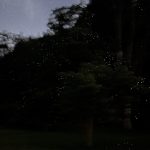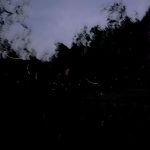Notice: Below is a list of 0 important links included on this page.
Please note that while screen readers have made significant strides, they may still lack full support for optimal web accessibility.






You must be logged in to post a comment.
This is a project of the Xerces Society, working in collaboration with the IUCN SSC Firefly Specialist Group and New Mexico BioPark Society.
Copyright © 2025 The Xerces Society •1631 NE Broadway Street, #821 • Portland OR 97232 USA
Thank you for this firefly observation!
While the time of year and location would make sense of Photinus carolinus, I think it is more likely that the dominant firefly you were seeing was a Photuris firefly, as the fireflies that appear to cover/coat tree tops are usually Photuris.
Also, in long-exposure images P. carolinus flash patterns appear as distinctive “strings” of flashes (see examples here), which I don’t really see in your images.
Seems like this site merits further surveys!